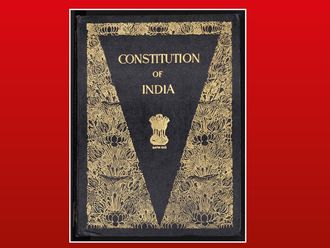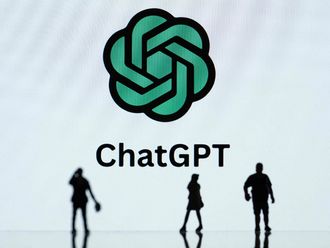More than 1.3 billion people in the world do not have reliable access to a resource that most of us take for granted: Energy. Energy access is not just about the ability to watch TV or turn on the air conditioning. The lack of consistent, safe and affordable energy affects farmers’ ability to store a harvest, making it harder to feed families. It inhibits access to water, rendering it more difficult to water crops. It means children often cannot study at night, hurting their chances of emerging from poverty. It harms the efficiency of doctors and nurses as they try to meet the needs of patients in their clinics, limiting their crucial work of improving health. The lack of energy access is the biggest obstacle to sustainable economic development all over the globe.
The good news: We have a solution for this. A pioneering new initiative called Wind for Prosperity, announced last month, aims to bring clean, reliable energy to more than 1.3 million people in 100 un-electrified or under-electrified communities around the world over the next three years. We have the technology, we have the skills and we have the knowledge base to expand energy access and lift people out of poverty. But do we have the collective will? And will we find the capital?
Wind for Prosperity begins with a map that identifies populations that are living in energy poverty, yet are surrounded by an abundance of wind. A cost-effective wind-hybrid system, featuring refurbished Vestas turbines, is then installed in places like Kakuma, an impoverished community in northern Kenya, whose population has swelled because of refugees from South Sudan. Kakuma lives completely off the national power grid, relying almost entirely on diesel generators for electricity. Generating power by wind will be cleaner and cheaper, taking advantage of an ever-present force that so far has gone unharnessed. It will create jobs and bolster Kakuma’s local economy. It will aid educational prospects and health care. It will make life better for thousands of people, providing returns for both communities and investors.
I’m pleased to say that one of the founding partners supporting this work and backing Wind for Prosperity is Masdar, Abu Dhabi’s renewable energy company. Masdar is a cornerstone of this project. It is setting an example as a responsible energy leader, playing a crucial role as a developer behind the Wind for Prosperity concept and as an important supporter in propelling a powerful new model of investment for the common good.
Masdar already has an impressive track record with its expansion of energy access across the globe. This year alone, the company has launched several renewable energy projects that have expanded energy access and reduced the need for expensive fuel imports. In Seychelles, Masdar’s 6 MW wind farm provides 8 per cent of Mahe Island’s energy needs. It has also invested in the London Array, the world’s largest offshore wind farm, which provides enough clean energy to power 500,000 homes. The company’s expertise in renewables makes it a valuable partner to us as we seek to harvest clean energy sources in developing nations where the demand for energy far outpaces supply.
Let me be clear: Vestas, which refurbishes the turbines and provides the world’s largest wind database to identify prime locations for their deployment, and Masdar, which is providing valuable contributions in the development stage, are seeking commercial benefits. We believe that the best way to create a better future is not to provide charity, but to invest in economically viable initiatives and in turn use the financial returns to expand this important global work.
The potential of Wind for Prosperity extends far beyond Kakuma and communities like it. This will be a test case, a proof of compelling concept. This will be an opportunity to show the business community the as-yet-unrecognised potential of investment as an engine of change, as a means of lifting people not just out of poverty but also into prosperity. This will be a chance to demonstrate the true pillars of sustainability — environmental, social and economic — in an unprecedented way.
To get there, though, we will need investors. We will need more companies who have the vision to partner with this new approach. We will need more business leaders who have both the entrepreneur’s spirit and the humanitarian’s heart to recognise that their capital can produce results that are, yes, financial but also life-giving. The projects are not a handout, but a “hand up” and will also provide long-term financial returns.
Who will join us in stepping up? We look forward to Abu Dhabi Sustainability Week (ADSW) to engage with you further. During ADSW in January 2014, we invite you to attend the seventh annual World Future Energy Summit, where leaders from the private sector, government, academia and civil society will exchange ideas on how to expand energy access. The reality is we have no choice, but to be creative and invest in new energy innovations to meet the needs of a growing and changing world. The time to deliver safe, clean and reliable energy to the people who need it the most is now.
More than 1.3 billion men, women and children are waiting for your answer.
Morten Albaek is the chief marketing officer of Vestas Wind Systems.








